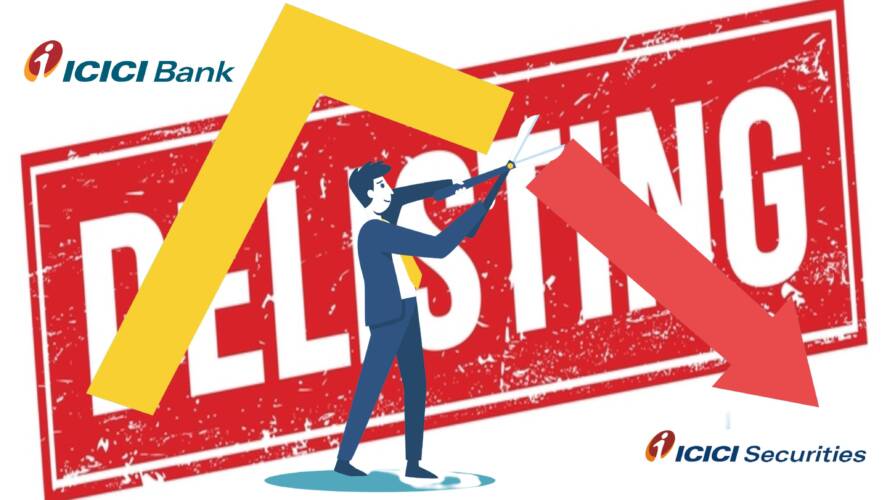MUMBAI: Following the central bank’s directive to banks to ensure that stake sales in stressed companies under the strategic debt restructuring (SDR) does not get to fronts of the original promoters, lenders are initiating permissions from the Central Bureau of Investigation (CBI) and the Central Vigilance Commission (CVC) before closing such deals, people familiar with the development said.
Banks decided to go ahead with the move after it was revealed that some promoters had presented their fronts as possible companies who could be interested in buying out the firm, sources said.
“RBI had asked banks to ensure more transparency in the SDR process so we have decided to take CBI and CVC approvals before we execute a change of management under SDR,” a banker said on the condition of anonymity.
The SDR scheme, introduced by the Reserve Bank of India in June 2015, has largely been a failure with banks failing to find buyers in dozens of companies where they invoked the scheme.
SDR allows banks to convert a part of a defaulting borrower’s debt into majority equity and assume operational control. Banks were earlier given 18 months to find a buyer. In February, the RBI reviewed these guidelines and said at least a 26 percent stake in the stressed asset must be sold within 18 months and the rest can be sold in tranches.
Experts welcomed the move but are apprehensive that this might delay the process. “If banks follow the process it will make the process more transparent,” Siddharth Purohit, Senior Research Analyst, Angel Broking said.
A Religare report had pegged SDR as a band-aid to a bullet wound. “Our analysis of 10 out of 15 strategic debt restructuring cases suggests that this scheme is in no way a cure-all for Indian banks’ deteriorating asset health,” the report had said.
Religare said the scheme, in fact, exacerbates the NPA risk by deferring an estimated Rs 1.5 lakh crore of NPA formation from nearly 30-40 bad accounts which form 2.2 per cent of total credit.
Companies who can service at least half the total debt are eligible to avail of this scheme.




